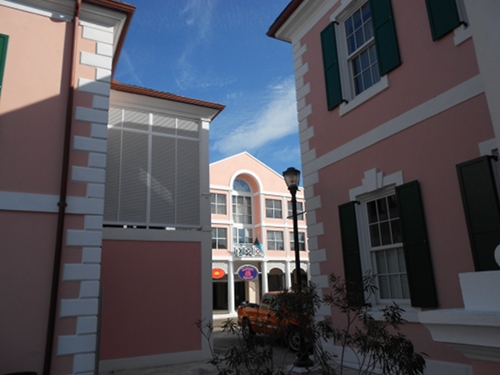Above: downtown Nassau (CJ Photo)
By the Caribbean Journal staff
In 2010, the Bahamas imported more than 7.8 million barrels of oil and other petroleum products, spending nearly $700 million in the process.
Now, the country is beginning to lower its oil consumption — and its carbon footprint.
“The typical household in the Bahamas produces approximately one ton of carbon dioxide a year, through the consumption of petroleum products,” said Phenton Neymour, Minister of State for the Environment.
And it’s no different for those visiting the country.
“The carbon footprint of the average tourist visiting the Bahamas is not significantly less per day than that of residents,” he said. “The energy intensity of the Bahamas is relatively high.”
But that energy intensity is beginning to change. The government has begun working to lower consumption, from the use of tax incentives to promote energy-efficient lighting to incentives for fuel-sipping cars.
In December, Neymour was on hand as the government launched a new solar panel pilot programme, which looks to offer 100 solar water heaters and 33 photovoltaic systems at no capital cost to participants.
According to Neymour, small island states like the Bahamas and others, are vulnerable to rising fuel costs.
“It cannot be argued that there is an indissoluble coupling of energy and development,” he said.
He also noted several new initiatives on the renewable energy front– from looking at the production of biodiesel to a process that produces energy from seawater temperature differences to wind power.
China Donates Laptops to Special Needs Students in Antigua

Caribbean Journal is the leading source for Caribbean travel news, offering up-to-the-minute coverage of the region’s hotels, resorts, beaches, and destinations. Our team of expert editors and on-the-ground writers brings you breaking news, exclusive features, and essential guides to the Caribbean’s newest openings and hidden gems. Whether you're planning your next island escape or staying on top of the latest travel trends, Caribbean Journal is your trusted guide to the Caribbean.
